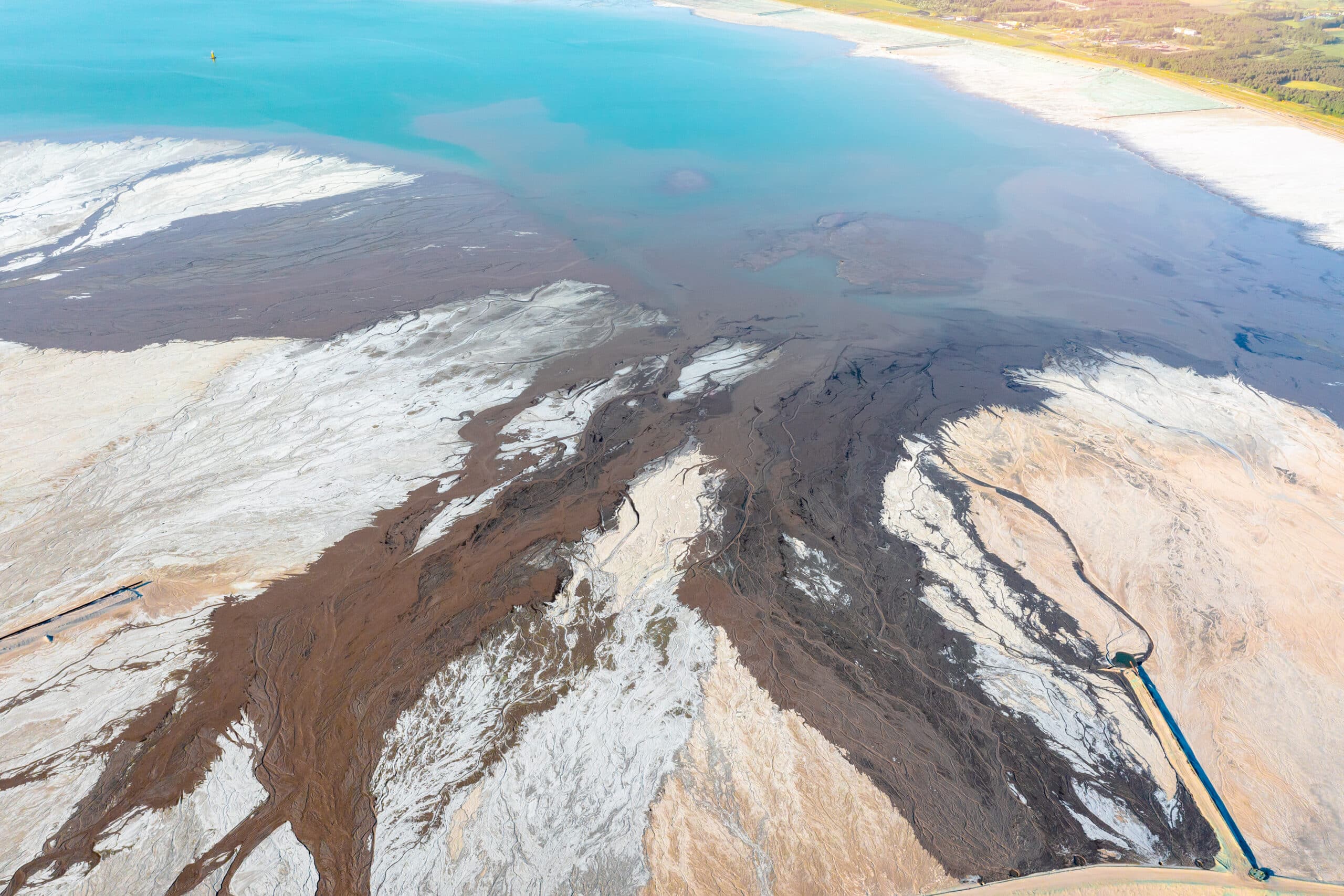South Africans generate roughly 54,2 million tons of municipal, commercial, and industrial waste per annum. Of roughly 54,2 million tons of waste, only 10% is reclaimed or recovered for other purposes, whilst the remainder is landfilled or dumped.
Reducing carbon, lowering energy consumption, and adapting to climate change are front-of-mind challenges for businesses and industry at large. Wastewater quality is very important as it determines the sludge volume and therefore feasibility, costs of transportation and the disposal thereof. By reducing the volume of sludge generated, you can more efficiently maximise on your OPEX and improve operations, while reducing emissions.
Let’s first understand the sources of the emissions for wastewater:
· Embodied – concrete steel and the installation of assets.
· Operational – electricity, fuels.
· Fugitive – waste gases such as methane and nitrous oxide.
The municipal wastewater treatment process obtains wastewater for treatment and ultimately discharges the treated effluent. The emissions of Greenhouse Gas (GHG) during the treatment of wastewater as well as during the treatment process of sludge and for energy generation are on-site GHG emissions. Off-site GHG emissions are generated during the transportation and disposal of sludge, off-site energy, and chemical manufacturing.
With the MABR wastewater treatment technology, you have an optimised, yet flexible but rigid solution for a contemporary approach to wastewater treatment. It efficiently lowers energy consumption, sludge volume, requires little operator attention and level of skill to keep your system at its highest performance.
We have a whole range of municipal, commercial, centralised and decentralised configurations for all your unique plant requirements. Speak to our team today!

